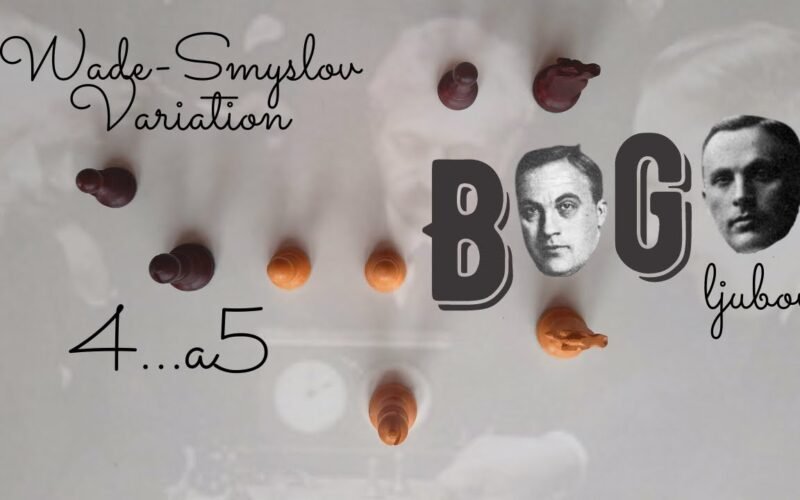The Wade-Smyslov Variation is a strange example of a “high-level” opening which results in middlegames which are very hard to understand and play for both sides, and, whoever understands them best, wins. I have tried to explain them in this video.
Full Bogo Indian Playlist: https://youtube.com/playlist?list=PLssNbVBYrGcCmHoleadPFWd0CPXki1Pvl
😎 Become a Patron (extra daily content): https://www.patreon.com/hangingpawns
👕 New chess merch!: https://hanging-pawns-chess-merch.myteespring.co/
More Merch on weird stuff like pillows: https://www.redbubble.com/people/hangingpawns/shop
♘ Follow me on lichess (write, ask, challenge): https://lichess.org/@/hpy
💲 Support the channel: https://www.paypal.me/HangingPawns
The Bogo-Indian is one of the richest and most strategically complex openings in chess. It’s a combination of several defenses, and it brings together the Nimzo, the QGD, the QID and even the Dutch! The emphasis in the Bogo is on maneuvering, central control, and understanding the numerous thematic pawn structures it could result in.
The Bogo starts after 1. d4 Nf6 2. c4 e6 3. Nf3 Bb4+, and white now has several options. The two viable ones are Bd2 (the main line), and Nbd2, which is perhaps trickier for black to face.
There are multiple options against Bd2. The main line and the most popular move is Qe7, followed by a5 and c5. The fourth most common is the Exchange Variation, taking on d2 with Bxd2. a5, the Wade-Smyslov is, similar to c5, a dark square based opening, in which black is going to set up with d6 and e5, and hope to make it very hard for white to come up with an active plan on either side of the board.
Timestamps:
0:00 The Basics, plans and ideas
09:10 Nc3, main alternative
12:14 Minor Sidelines, a3, Qc2, e3
14:54 The main line with g3
#chess #BogoIndian

